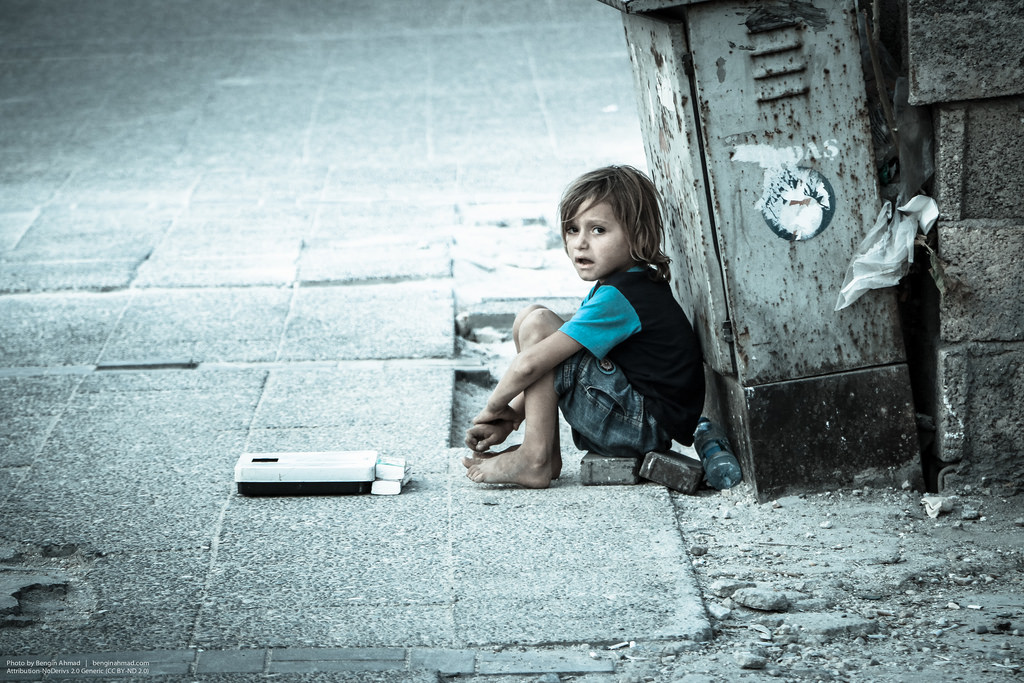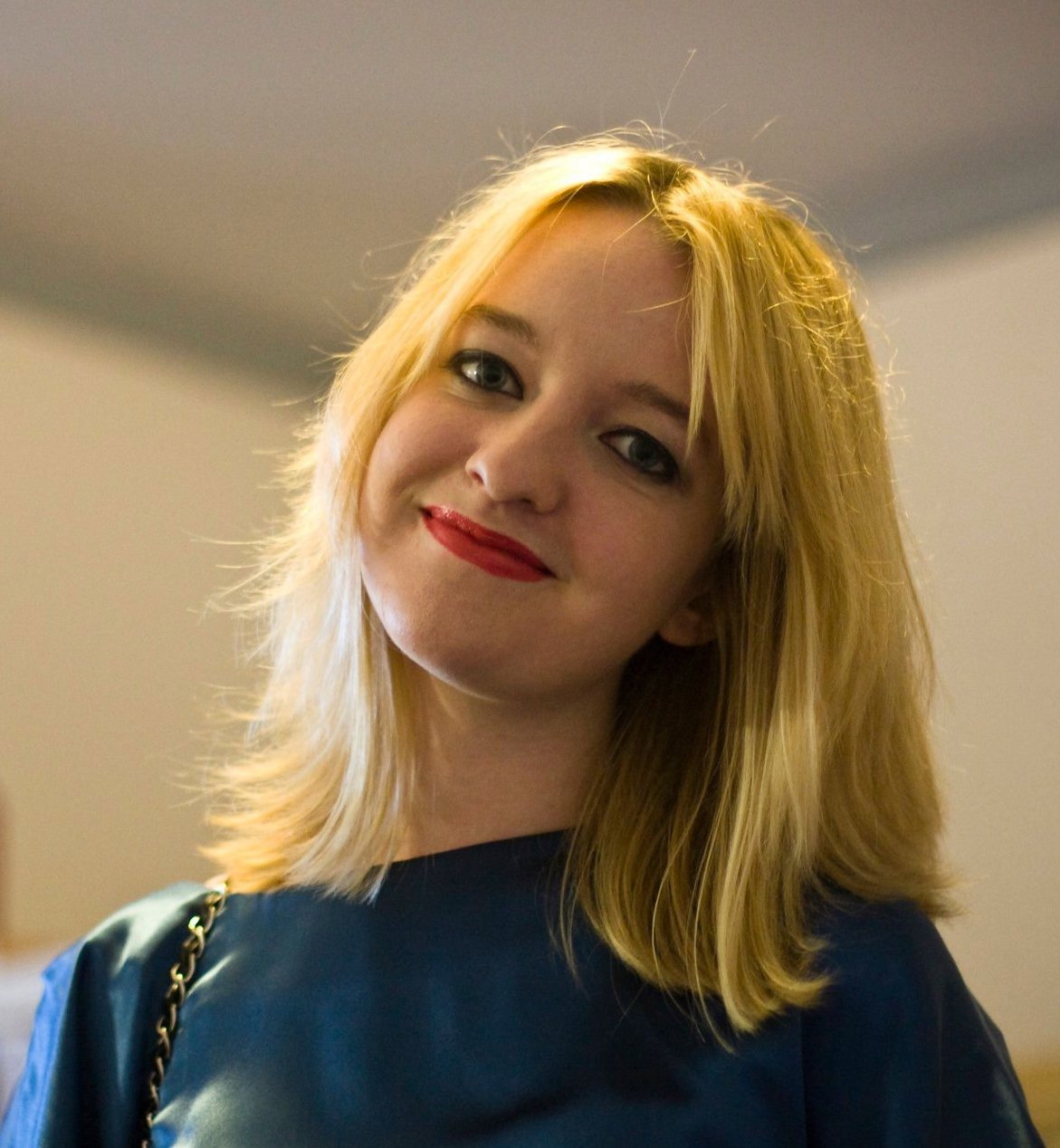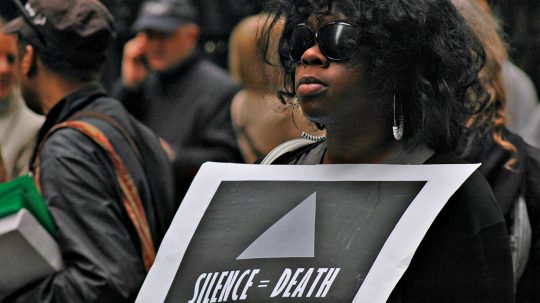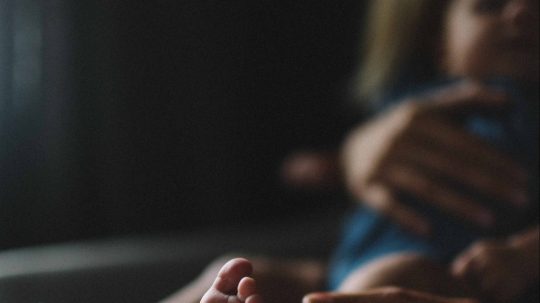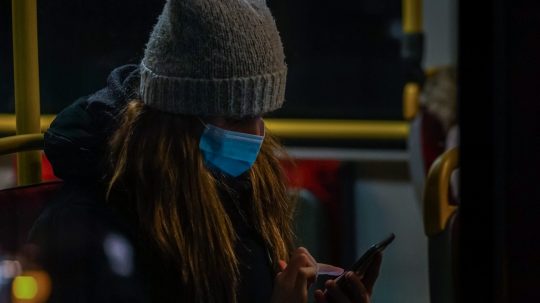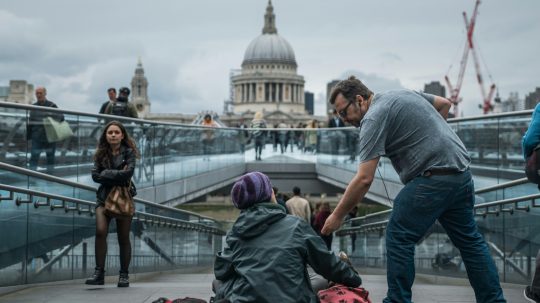Today is the International Day of Innocent Children Victims of Aggression – a day to recall the particular vulnerability of children during times of armed conflict and to re-affirm our commitment to protecting children’s rights.
What are the effects of armed conflict on children?
There are some shocking statistics about the effects of armed conflict on children around the world: 230 million children live in countries affected by armed conflicts. 20 million children are displaced because of such conflicts. In the last ten years, more than two million children have died as result of conflict and more than three times that number have been permanently disabled or seriously injured. Approximately 28 million are not receiving an education due to armed conflict.
Children and young people are amongst the most vulnerable members of society. This vulnerability is compounded by the violence and turbulence which accompany armed conflict. Children can be recruited as child soldiers, separated from their families, and placed at a higher risk of death and sexual abuse.
Because children are particularly vulnerable, the law often makes special provision for their care, for example by protecting their right to education and obliging authorities to act in order to prevent child abuse. There are very many ways in which human rights protect children.
How can human rights protect children fleeing armed conflict?

Children who have escaped conflict may be granted refuge or asylum in another country. The current European Refugee Crisis presents a particular challenge for protecting children fleeing armed conflict.
But human rights can help. A recent case involved four young Syrians who had fled the war in Syria where they had suffered extreme trauma. The young people came to reside in the ‘Jungle’ migrant camp at Calais. A United Kingdom court, noting the terrible conditions in which the young people were staying and their right to respect for family life, allowed them to enter the UK and reunite with their families while their asylum claims were processed.
The UK Government has a duty to act in the best interests of unaccompanied children, including by trying to find members of a child’s family as soon as possible. The Government must also provide adequate accommodation and take steps to meet the essential living needs of child asylum seekers if it appears that these are not being provided.
What about international treaties?

The four Geneva Conventions and their protocols (which apply in times of armed conflict) include special rules affording children various protections. These range from the non-application of the death penalty to under 18s, access to food and medical care, and help for children separated from their families. Children must be evacuated from conflict zones. Orphaned children must be identified. Children who are detained must be treated humanely and should be kept with family or, if that’s not possible, separated from adult prisoners or detainees. Children must continue to be educated: the right to access education does not stop because of a conflict.
There is also the Convention on the Rights of the Child and its Optional Protocol on the Involvement of Children in Armed Conflict. The Convention requires countries to take all feasible measures to make sure that children under 15 don’t take a direct part in hostilities and States must refrain from recruiting Under 15s into their armed forces. States must also take all appropriate measures to promote the physical and psychological recovery, and social reintegration, of child victims of armed conflict. The Optional Protocol raises the relevant ages to 18.
The Rome Statute of the International Criminal Court makes it a war crime to conscript or enlist children under 15 into the armed forces. In 2012, there was the first ever conviction for this crime, which resulted in a sentence of 14 years’ imprisonment.
Of course, there’s also the European Convention on Human Rights, which protects children all of the time, not just during armed conflict.
Share this post to spread awareness of the plight of children and young people caught up in armed conflicts, and their need for special protection. Learn more about what human rights do for children with our infographic and our other children’s rights resources.

